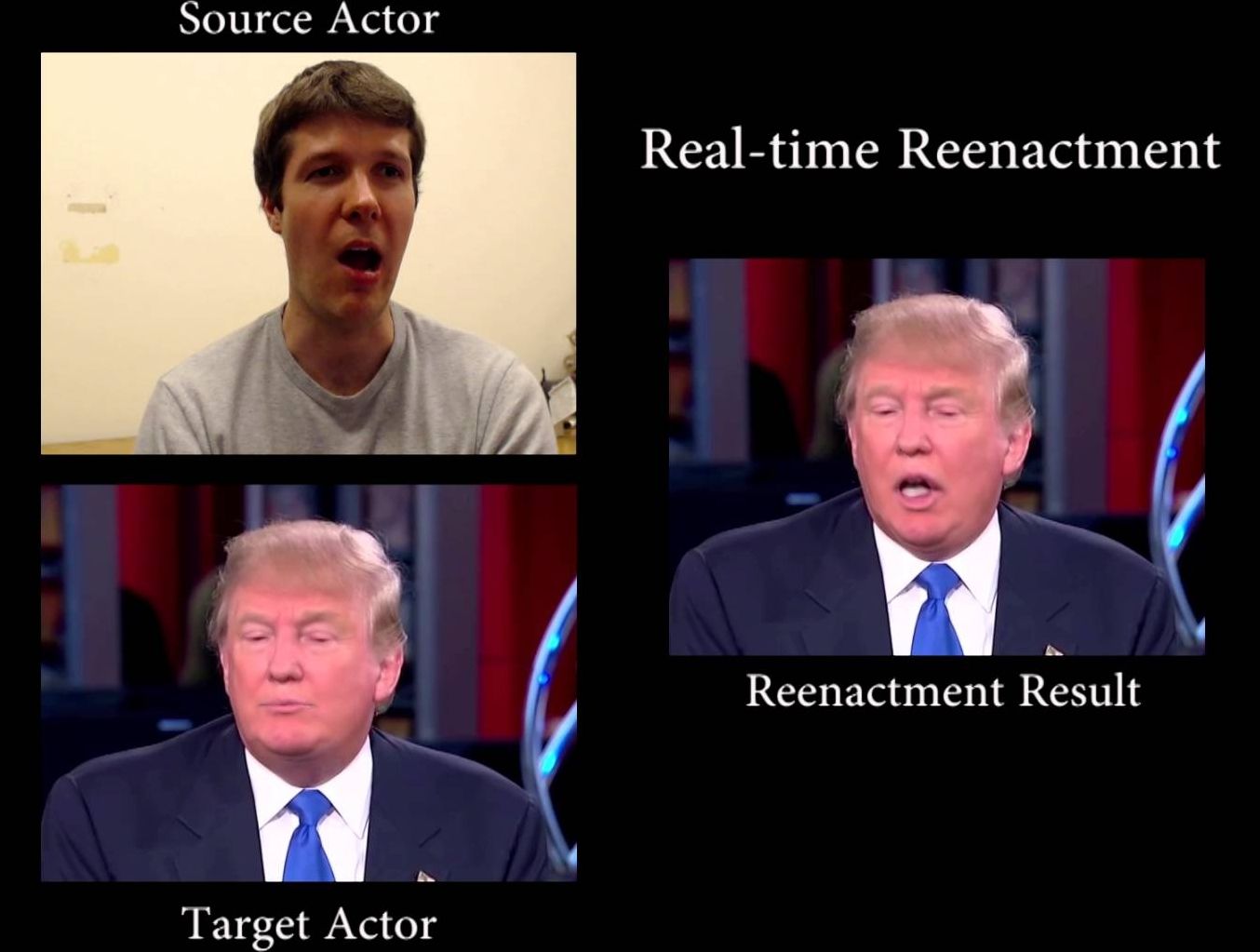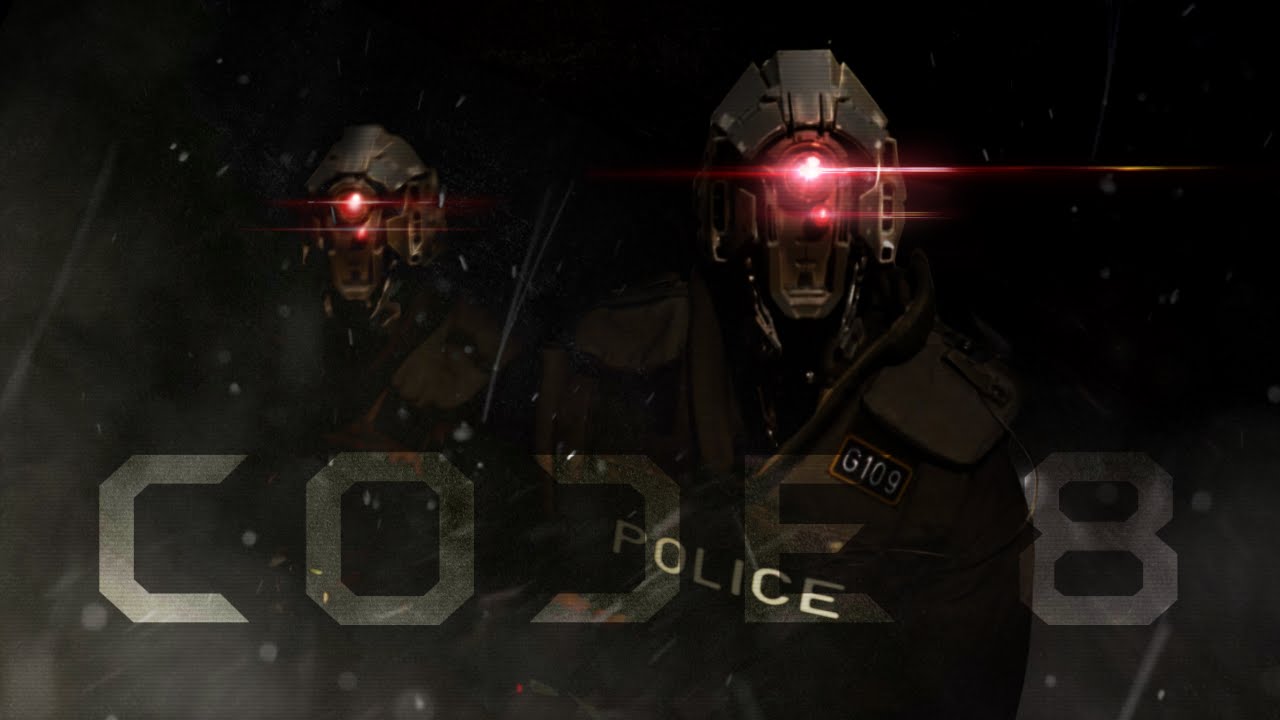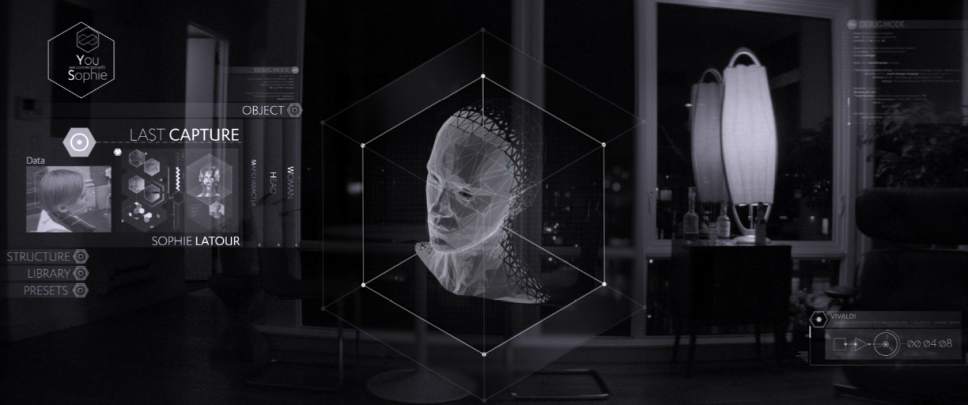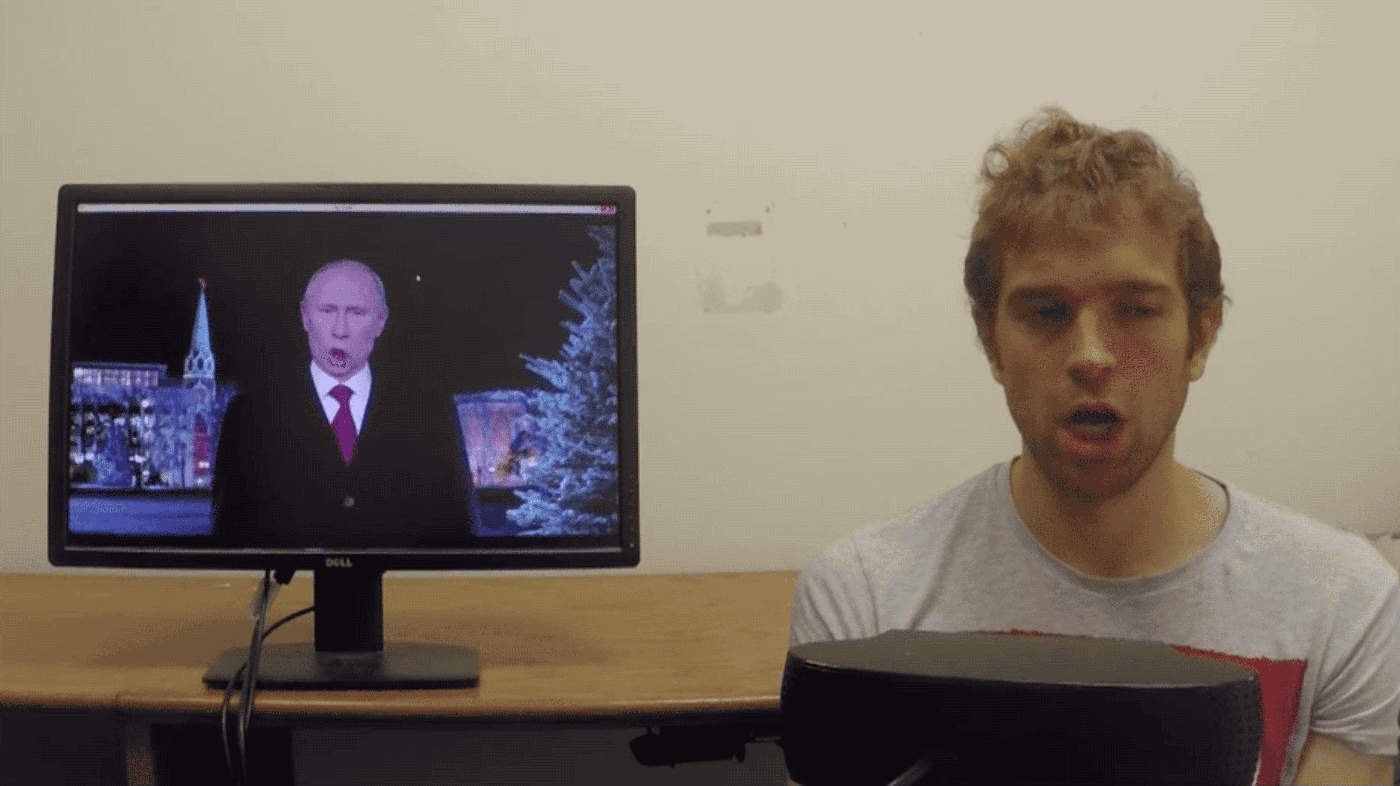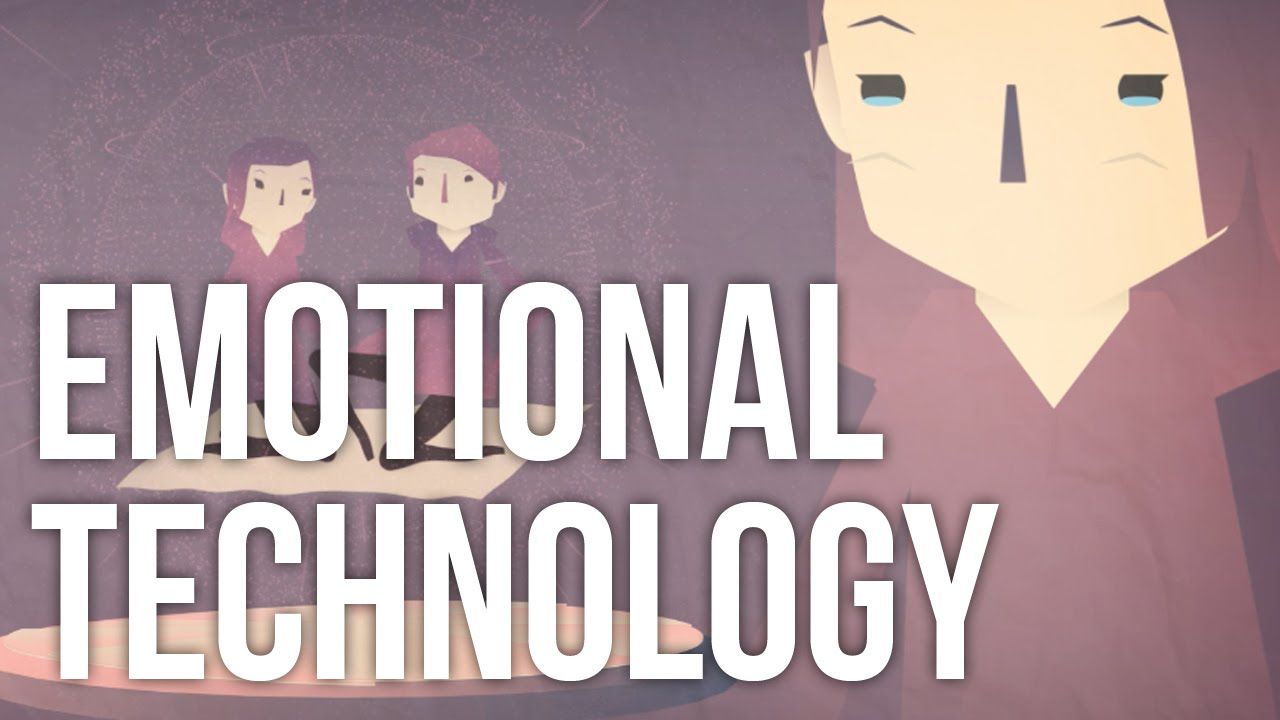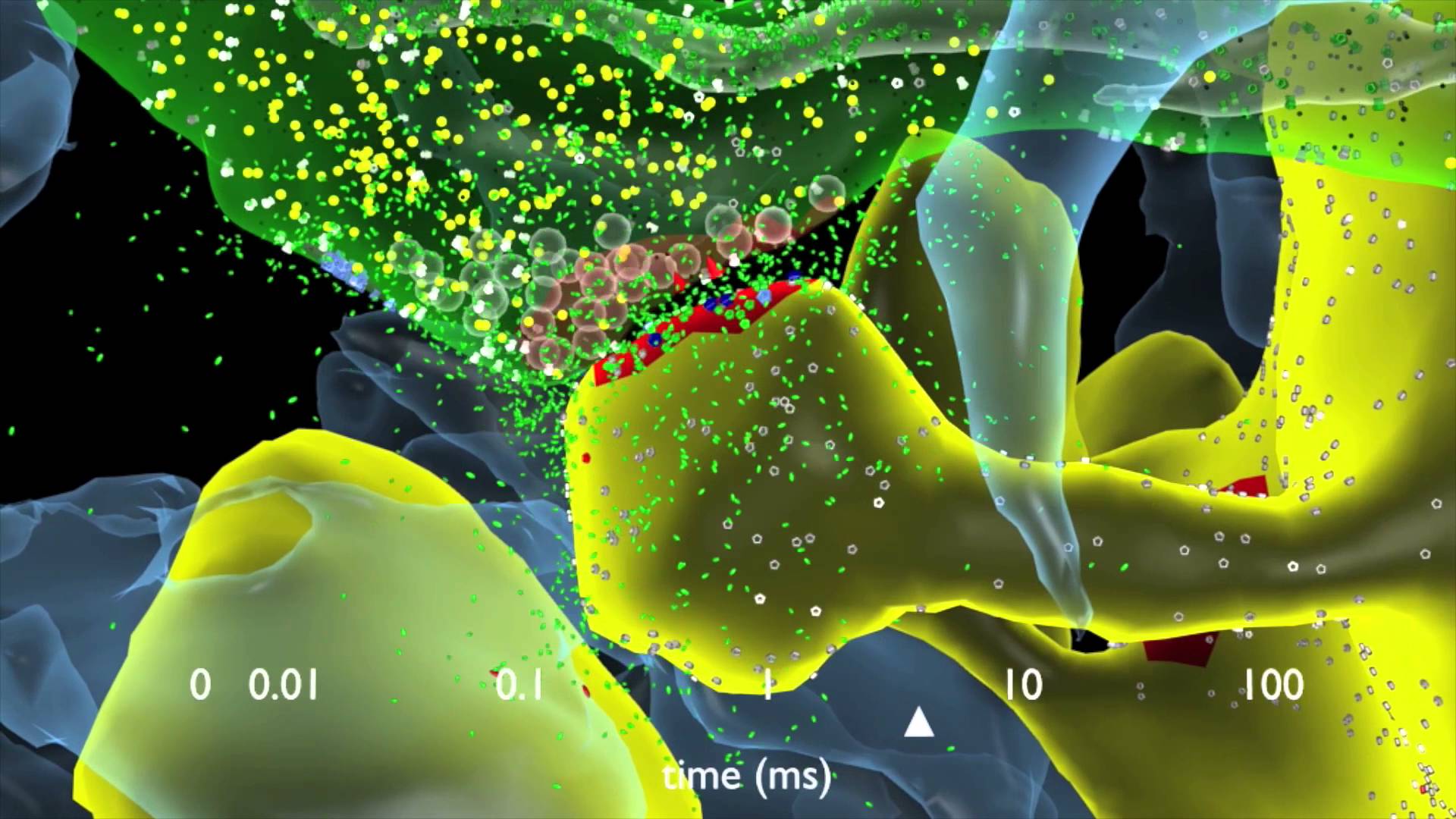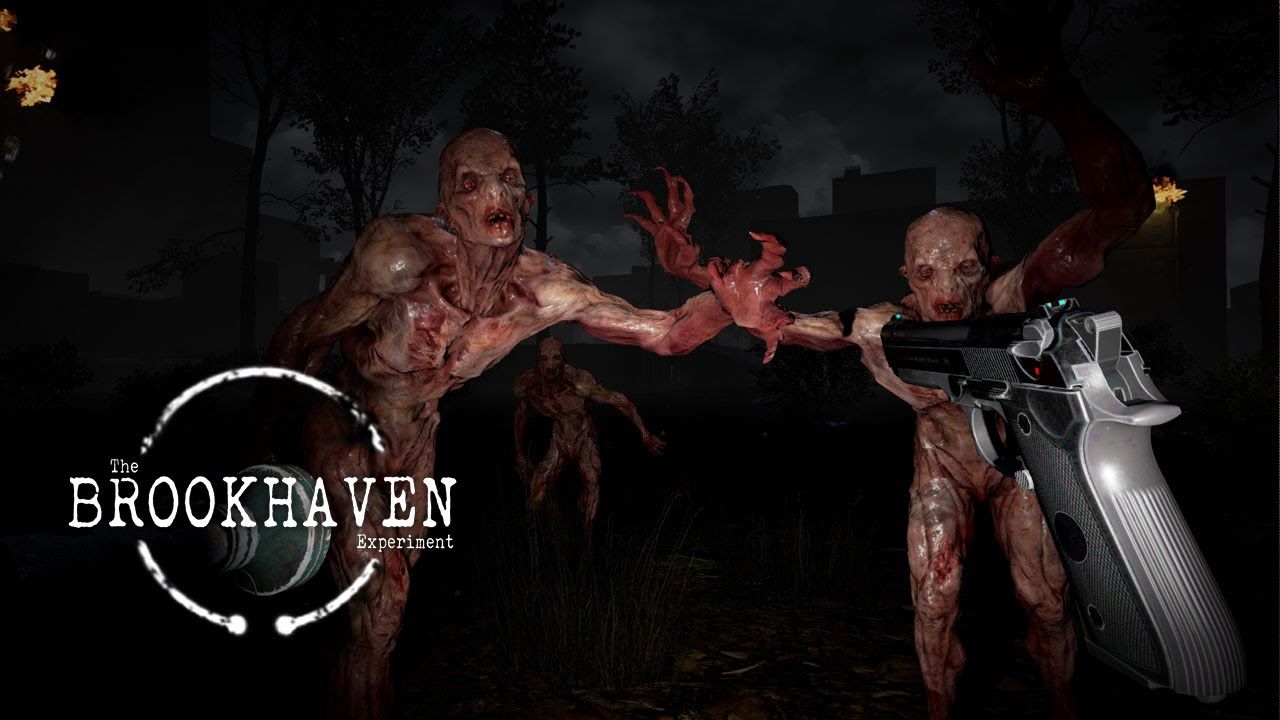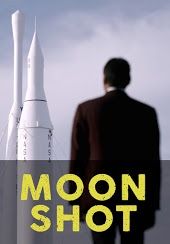You know that scene in the classic film Bruce Almighty when Jim Carrey uses his God-like powers to mess with Steve Carrell’s character while he’s giving a live news broadcast? That’s what this video looks like (kind of), except replace Steve Carrell for George W. Bush, Donald Trump, Vladimir Putin, and Barack Obama, and Jim Carrey for a team of wily researchers.
The system was designed by researchers from the University of Erlangen-Nuremberg, Max-Planck-Institude for Informatics, and Stanford University. The same team worked on a similar facial expression transfer project last year, but that involved controlling the expressions of someone in the same room. This time they’re doing it with YouTube videos. First, the “target actor” (that’s Bush, Trump, Putin, and Obama) is rendered with a neutral expression. Then, the expressions of the source actor (that’s the other guy) are captured via webcam, and those expressions control the animation in the YouTube video.
Is this funny? Eerie? Cool? Does it remind you of a Dan Deacon music video? Are you worried about a stranger suddenly being able to control your face from afar? Maybe you should be.
